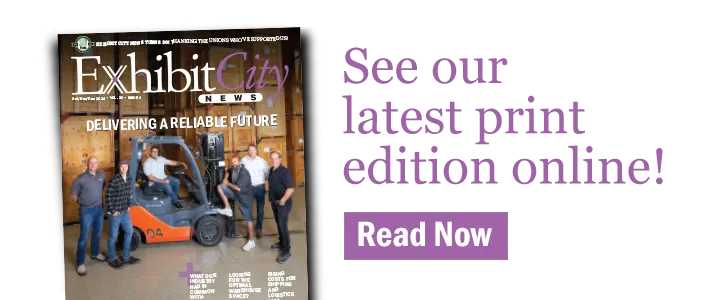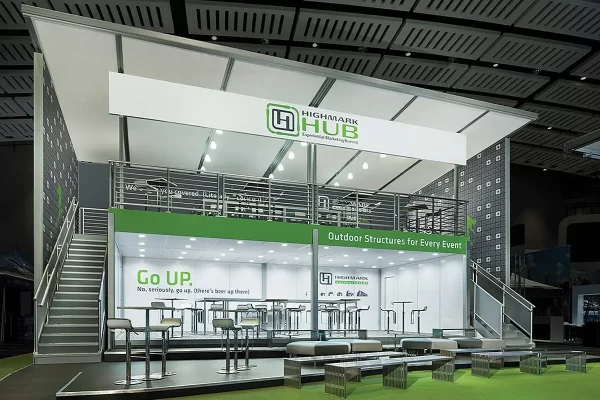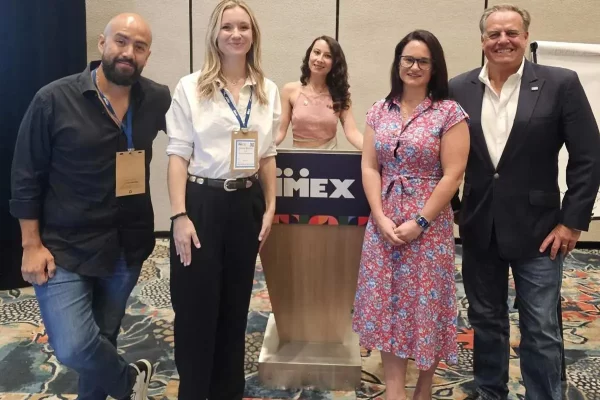by Pat Friedlander
Read full article in our Q3 ISSUU HERE .
After reading the article on the previous page, you might think that outdoor modular structures are the new kids on the block. But you would be missing out on the historical context. One of the quintessential examples of a modular—indoors and out—structure is the Contemporary, one of the first two resort hotels at Disney World, which opened in October 1971. The Contemporary was built on an A-frame with Its outer walls sloping inwards an inner atrium.
The design was a collaboration between Disney, the United States Steel Corporation, and Los Angeles architect Welton Becket. To construct the building, steel frames were erected on-site. Modular pre-constructed rooms, designed by California architect Donald Wexler, the father of mid-century modern, were lifted into place by crane. After that, most of Disney’s Polynesian Resort and the Court of Flags Resort were built the same way, using modular principles, except that the rooms were stacked instead of slid in.
Wexler’s values were rooted in adaptability, flexibility, and his concept of space, systems, and materials. This approach made him a pioneer in exploring modularity and using light steel framing for construction. One of his first steel-framed systems consisted of a light-gauge structural steel frame, steel roof decking, and wall panels. These elements comprised the basic structural modules, and since they were lightweight and structurally independent, they could be relocated. The wall panels were designed in 8-foot modules, allowing flexibility and the feasibility of expanding the size of the structure.
MODULARITY AND ITS IMPACT ON THE EXHIBIT INDUSTRY
This approach was the birth of a concept that forms the basis for modular exhibits: light-gauge structural steel frame, steel roof decking, and wall panels. Wexler turned to steel because timber was scarce; today, aluminum is the material of choice. Modular structures provide a green approach to exhibiting by avoiding using wood, repurposing the modules, and providing less environmental impact when shipping. “Modular” is defined as “designed with standardized units or dimensions for easy assembly and repair or flexible arrangement and use: constructed with standardized units or dimensions for flexibility and variety. The beauty of modular architecture is that you can replace or add any component (module) without affecting the rest of the system.”
What constitutes modular exhibitry? Debbie Parrott, President and CEO of Highmark TechSystems, explains. “Modular components work on a grid system, and because of this, they are easy to put together. Because many modular systems, such as ours, are aluminum, they are lightweight, economical, and very flexible. They are considered modular in that they allow you to customize the shape and scale of your design, and they blend well with custom elements in a hybrid exhibit. Still, it’s smartly designed extrusion systems that enable all of this. Part of a smart design is not having too many parts and pieces – minimal pieces make for optimal design in the modular extrusion system world. Having fewer parts and pieces reduces set-up and dismantling complexity and time, which in turn helps curb costs. This becomes especially appealing when incorporating a multi-level deck system into an exhibit to take advantage of vertical space and add dimension, scale, utility, and impact to one’s exhibiting presence.”
THE FUTURE IS BRIGHT FOR MODULAR SYSTEMS
What does Parrott see for the future of modular systems? “As exhibitors direct their spending to customer-facing initiatives, they will ask for economical solutions on the backend. They want to use their exhibit budgets in ways that help them connect with their customers. They don’t want to spend the lion’s share of their dollars on getting the exhibit on and off the trucks, onto the floor, and set up. Aluminum modular exhibits give them that freedom. And in addition to their versatility, they are reusable and recyclable. Today many corporations have taken a stand for sustainability; modular exhibits enhance that position and are consequently good for those brands. Further, post-pandemic more exhibitors want design-, usage- and financial flexibility, so the availability of modular extrusion systems that can either be purchased or rented, used in one configuration today and in an entirely different configuration next month, and deployed quickly is becoming a growing preference.”
In partnering with exhibit builders and designers to redefine the use of modular exhibits, says Parrott, there is a return to Wexler’s values: adaptability, flexibility, lightweight, structural independence, and reusability. “We’ve built our company around the theory and virtues of modular thinking. Our mission is to help our customers understand the value and benefits of using modular structures in a wide range of events indoors and outdoors, whether they do so as a purchase with a new exhibit or as a custom rental for a specific event. With modularity in our DNA and our customers’ needs always changing, we don’t see modularity at its core changing, but we see the application of modularity being redefined every day. Its future is bright!”






























